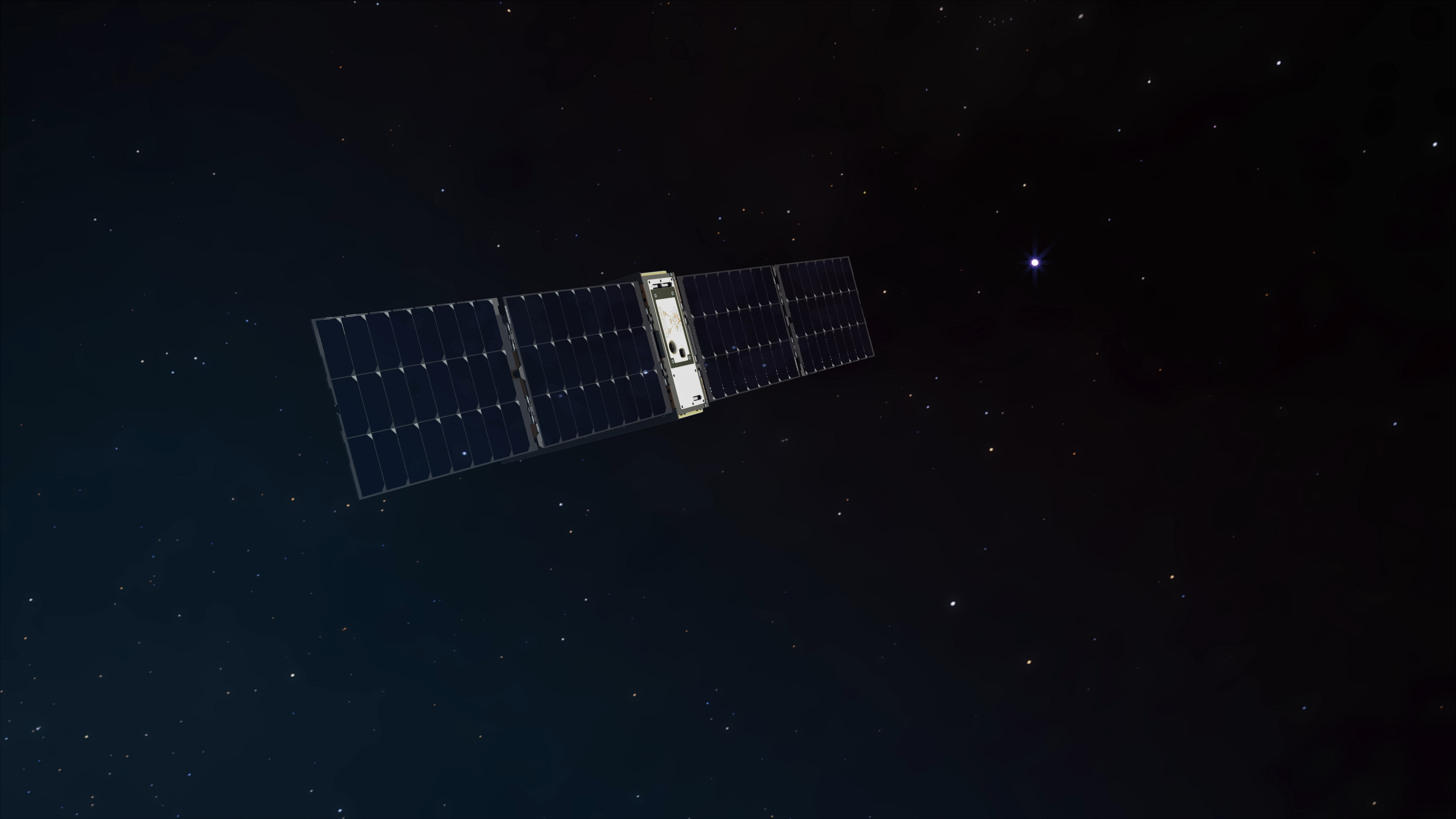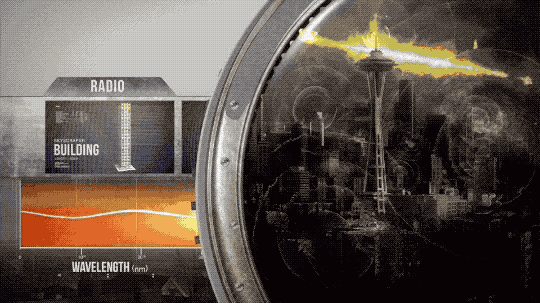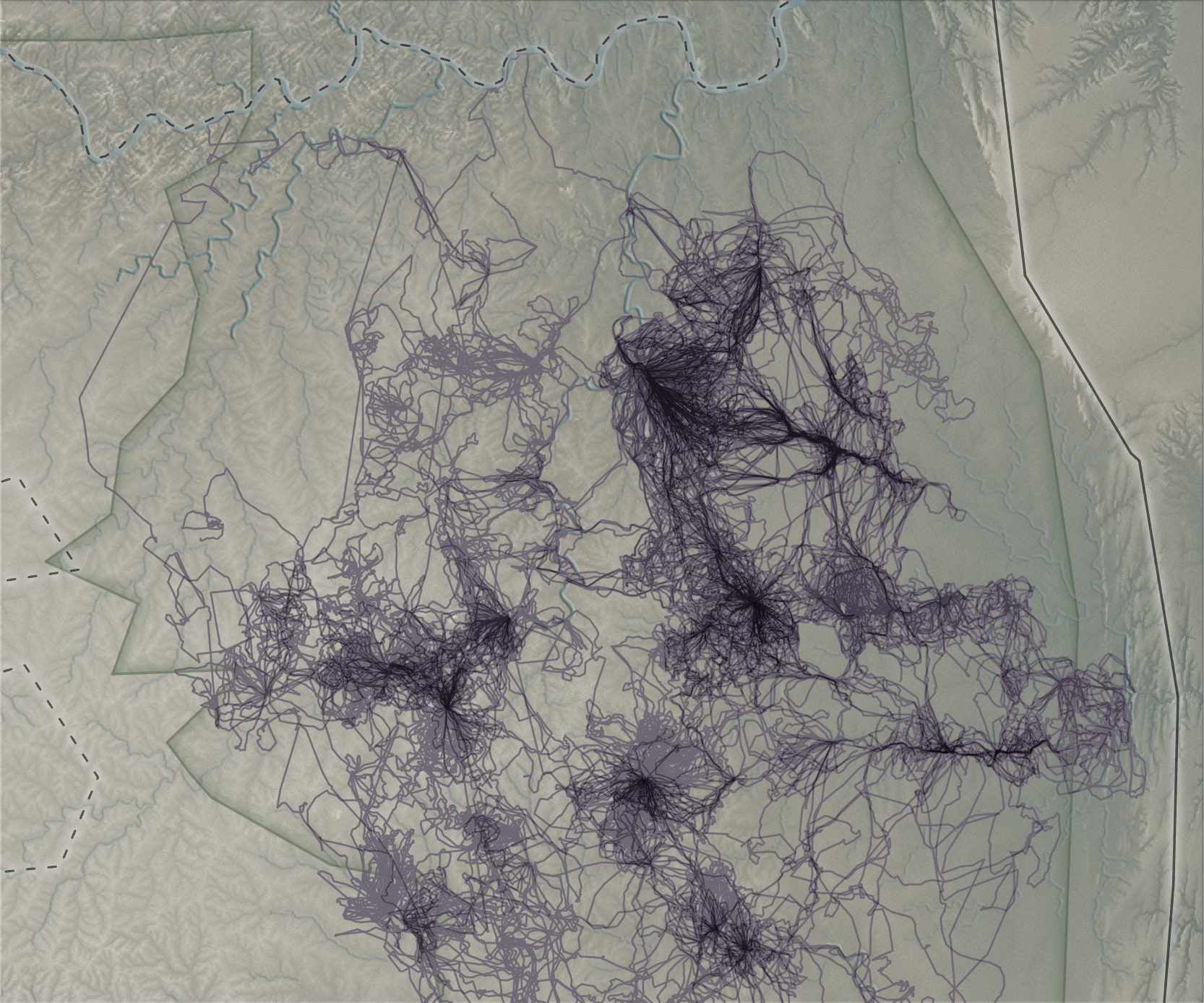Sensing the Universe & Multimessenger Astronomy
News & Articles

NASA’s Tiny BurstCube Mission Launches to Study Cosmic Blasts
4 min read
Editor’s note, April 18, 2024: BurstCube deployed into orbit from the space station April 18, 2024. It will begin a…
Article4 months ago

Using All of Our Senses in Space
3 min read
Scientists have been making strides in the field of multimessenger astronomy.
Article6 years ago
Keep exploring




